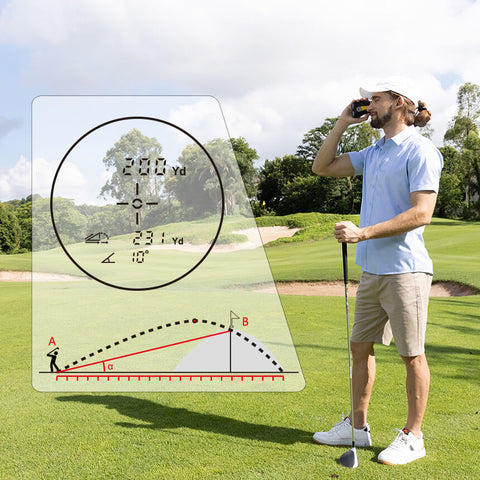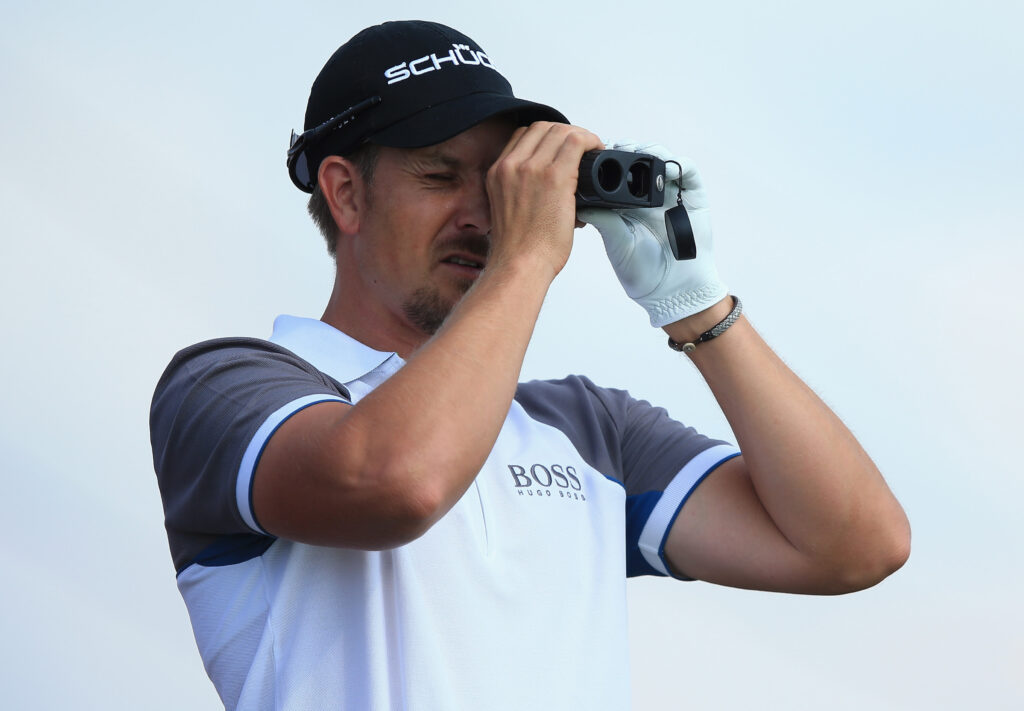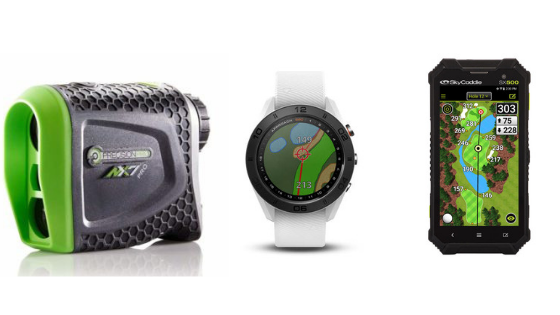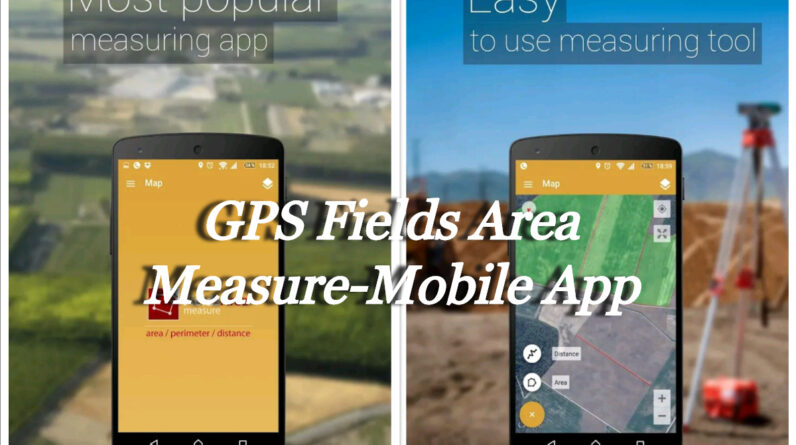In the world of golf, precision and accuracy are key. But when it comes to tournament play, there is often a lingering question on every golfer’s mind: can I use a rangefinder? Rangefinders have become immensely popular among golfers as they provide accurate distance measurements and can greatly enhance one’s game. However, the use of such devices during tournament play is a topic that sparks both curiosity and confusion. And so, in this article, we will explore the rules and regulations surrounding the use of rangefinders in tournament play, helping you navigate the fairways with confidence and clarity.

What is a Rangefinder?
Definition and Purpose of a Rangefinder
A rangefinder is a device commonly used in the sport of golf to measure the distance from the player to a specific point on the golf course. It utilizes advanced technology such as laser or GPS to provide accurate distance readings. The main purpose of a rangefinder is to assist golfers in determining the correct yardage, allowing them to make more informed decisions on club selection and shot placement.
Types of Rangefinders
There are two main types of rangefinders used in golf: laser rangefinders and GPS rangefinders. Laser rangefinders operate by emitting a laser beam that bounces back off the target, while GPS rangefinders use satellite positioning to determine distances. Laser rangefinders tend to be more accurate, providing precise yardages to the flag or other targets. On the other hand, GPS rangefinders offer additional features such as course maps, hazards, and score tracking. Each type has its own advantages and golfers often choose based on personal preference and specific needs.
Rules and Regulations
Governing Bodies and their Regulations
In golf, there are several governing bodies responsible for establishing and enforcing the rules and regulations of the game. These organizations include the United States Golf Association (USGA) and the Professional Golfers’ Association (PGA). They set guidelines on the use of rangefinders during tournament play, ensuring fair competition and the integrity of the game.
USGA Rules
The USGA, the governing body for golf in the United States, allows the use of rangefinders in most amateur competitions. However, there are certain restrictions and conditions to be observed. According to the USGA Rule 143, “a player may obtain distance information by using a device that measures distance only.” This means that rangefinders that provide additional information such as slope or weather conditions are not permitted.
PGA Rules
The PGA, the leading professional golf association, has slightly different rules regarding the use of rangefinders in their tournaments. While they permit rangefinders for practice rounds, their use is generally prohibited during regular tournament play. The PGA believes that the skill and experience of professional golfers should be sufficient for them to accurately gauge distances without the assistance of rangefinders.
Local Tournament Rules
In addition to the rules set by the governing bodies, individual tournaments may have their own specific regulations on the use of rangefinders. It is important for players to familiarize themselves with the rules of each tournament they participate in, as they may vary from one event to another.
Pros and Cons
Advantages of Using a Rangefinder
Using a rangefinder in golf can offer several advantages. Firstly, it provides golfers with precise distance measurements, helping them make more informed club choices and improving their accuracy on the course. Additionally, rangefinders can speed up play by reducing the time taken to manually estimate distances. They also contribute to increased confidence and focus, as golfers are reassured by having accurate yardage readings. Lastly, rangefinders aid in course management, allowing players to strategize and navigate hazards more effectively.
Disadvantages of Using a Rangefinder
While rangefinders have numerous benefits, there are also some drawbacks to consider. One major disadvantage is the dependency on technology. Golfers who rely heavily on rangefinders may become overly dependent and struggle without them. Furthermore, the use of rangefinders can sometimes prove to be a distraction, especially for those who constantly need to consult the device during their round. This can lead to slow play and potentially disrupt the flow of the game. Lastly, the cost and accessibility of rangefinders may be a limiting factor for some golfers, as they can be quite expensive and not readily available to everyone.
Permitted Devices
Restricted Devices
Certain devices are restricted and not allowed to be used during tournament play. These include rangefinders with slope compensation features, which provide adjusted distances based on elevation changes. Devices with this feature may provide an unfair advantage to some players, as it gives them additional information not available to others.
Allowed Devices
Rangefinders that measure only distance, without any slope or weather compensation features, are generally allowed in most tournaments. These devices provide accurate yardages to specific targets, aiding golfers in making informed decisions in their game.
Approved Model List (AML)
Some tournaments may restrict the use of specific rangefinder models, even if they are within the allowed category. To ensure compliance, players should consult the tournament’s Approved Model List (AML) to verify if their rangefinder is permitted. This list is usually provided by the governing body or the tournament organizers and serves as a reference for players to select an appropriate and approved rangefinder for the event.

Tournament Format
Stroke Play
Stroke play is one of the most common tournament formats in golf. In this format, each player records their total number of strokes for the entire round. Rangefinders can be particularly useful in stroke play tournaments, as accurate distance measurements can significantly impact club selection and shot execution.
Match Play
Match play differs from stroke play as players compete against one another on a hole-by-hole basis. The goal is to have the lowest number of strokes on each hole, rather than for the entire round. Rangefinders can still be beneficial in match play, aiding players in making strategic decisions and determining the best course of action in each hole.
Other Formats
Golf tournaments can also be structured in various other formats, such as team competitions, scrambles, or modified alternate shot. While the use of rangefinders may vary depending on the specific rules of each format, their general benefits in terms of distance measurement and decision-making still apply.
Benefits of Using a Rangefinder
Increased Accuracy
One of the primary benefits of using a rangefinder is the increased accuracy it provides in determining distances. Golfers can confidently rely on the precise yardage readings, allowing them to select the appropriate clubs and make more accurate shots. This improved accuracy can lead to better overall performance on the golf course.
Speed of Play
Rangefinders can contribute to a faster pace of play, especially compared to traditional methods of estimating distances. Instead of spending time pacing off yardages or consulting course markers, players can quickly obtain the exact distance with just a push of a button. This not only saves time for individual golfers but also helps maintain the flow of the game for everyone on the course.
Confidence and Focus
Knowing the exact yardage to a target provides golfers with a sense of confidence and focus. By eliminating any doubts or guesswork, rangefinders enable players to fully commit to their shots and trust their swing. This increased confidence can have a positive impact on performance, as golfers are more likely to produce quality shots when they approach the ball with a clear and focused mindset.
Course Management
Rangefinders are valuable tools for effective course management. With accurate distance measurements to hazards, flags, or other landmarks, golfers can make strategic decisions on shot selection and aim. They can avoid potential trouble spots more efficiently and play to their strengths, ultimately improving their scores and overall golf course management skills.

Drawbacks of Using a Rangefinder
Dependency on Technology
An inherent drawback of using a rangefinder is the reliance on technology. Golfers who heavily rely on rangefinders may become less confident or struggle when they don’t have access to one. It is essential for players to balance the use of a rangefinder with developing the ability to estimate distances using traditional methods. This ensures they can still play effectively even when technology is not available.
Distraction and Slow Play
While rangefinders can enhance the game, they also have the potential to cause distractions. Constantly checking distances and consulting the device can disrupt the flow of play, leading to slower rounds for both the player using the rangefinder and their fellow competitors. Golfers should be mindful of using the rangefinder efficiently and considerate of the pace of play to avoid any unnecessary delays.
Cost and Accessibility
Another drawback of using a rangefinder is the cost and accessibility factor. Rangefinders with advanced features can be quite expensive, limiting their availability to all golfers. Moreover, not all golfers have access to rangefinders or may choose not to invest in one. This can create an imbalance in competition when some players have access to rangefinders while others do not.
Opinions and Controversy
Arguments in Favor
Supporters of rangefinders in tournament play argue that they level the playing field by providing accurate and consistent distance measurements for all golfers. They believe that the technology helps speed up play, enhances decision-making, and improves overall accuracy. Rangefinders are seen as a valuable tool that enhances the game experience and promotes fair competition.
Arguments Against
Opponents of rangefinders in tournament play argue that the skill of golfers should be sufficient to estimate distances without the aid of technology. They believe that traditional methods such as pacing off yardages or using course markers should be relied upon, as they have been used for centuries. Some opponents also raise concerns about the potential distraction and slow play caused by the use of rangefinders.
Player Perspectives
Opinions on the use of rangefinders in tournaments can vary among individual golfers. Some players may appreciate the convenience and accuracy provided by the device, while others may prefer relying on traditional methods. Ultimately, personal preference, comfort level, and familiarity with rangefinders can greatly influence a player’s perspective on their use in tournament play.

Tips for Using a Rangefinder in Tournaments
Practice and Familiarity
To maximize the benefits of using a rangefinder during tournaments, it is crucial to practice using the device beforehand. Familiarize yourself with the controls, features, and proper aiming techniques. Practice incorporating the use of rangefinders into your pre-shot routine to ensure efficiency and smooth operation on the course.
Knowing the Local Rules
Different tournaments may have specific rules and regulations regarding the use of rangefinders. Familiarize yourself with the tournament’s rules and any restrictions on the use of rangefinders, including approved models or prohibited features. It is essential to follow these rules to avoid penalties or disqualification.
Using Proper Etiquette
When using a rangefinder during tournaments, be mindful of your pace of play and considerate of your playing partners. Avoid unnecessary delays by using the rangefinder efficiently and not excessively relying on it. Pay attention to the game flow and be respectful of other players’ time.
Conclusion
Rangefinders have become valuable tools for golfers, helping them accurately measure distances and make informed decisions on the golf course. While there are rules and regulations governing their use in tournament play, the benefits they provide in terms of increased accuracy, speed of play, confidence, and course management make them a popular choice among many golfers. However, it is essential to balance the use of rangefinders with traditional skills and be mindful of potential drawbacks such as dependency on technology or distraction. Ultimately, the decision to use a rangefinder in a golf tournament remains a personal choice, influenced by individual preferences, tournament rules, and the player’s level of comfort and familiarity with the device.







